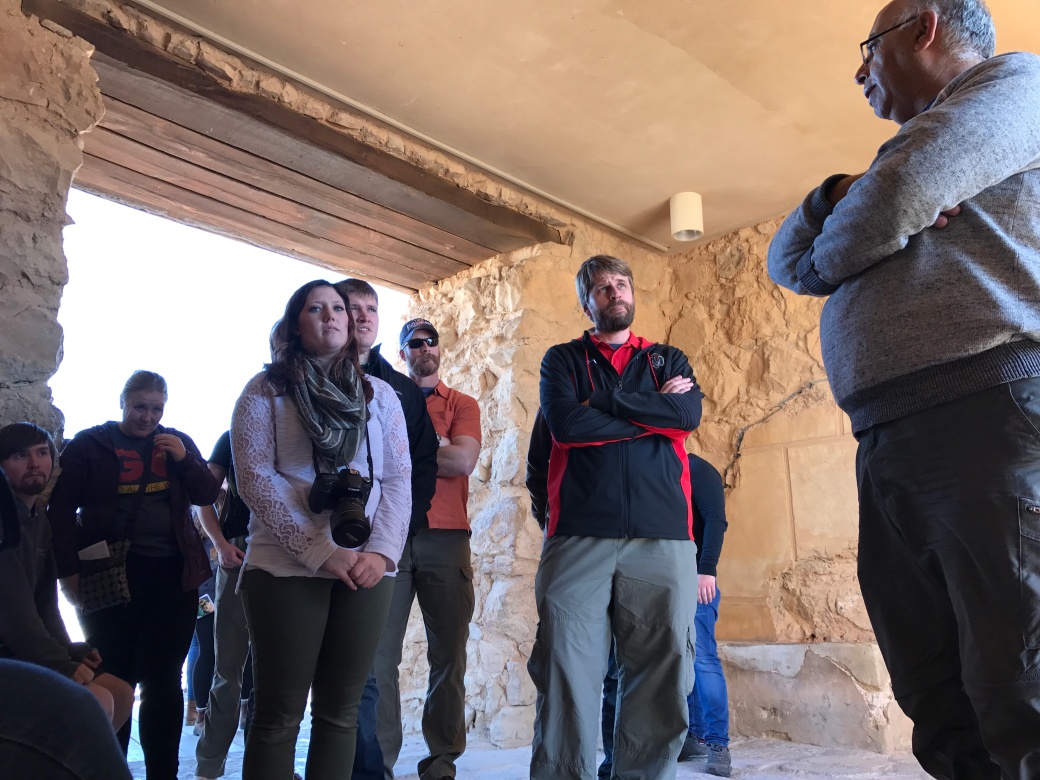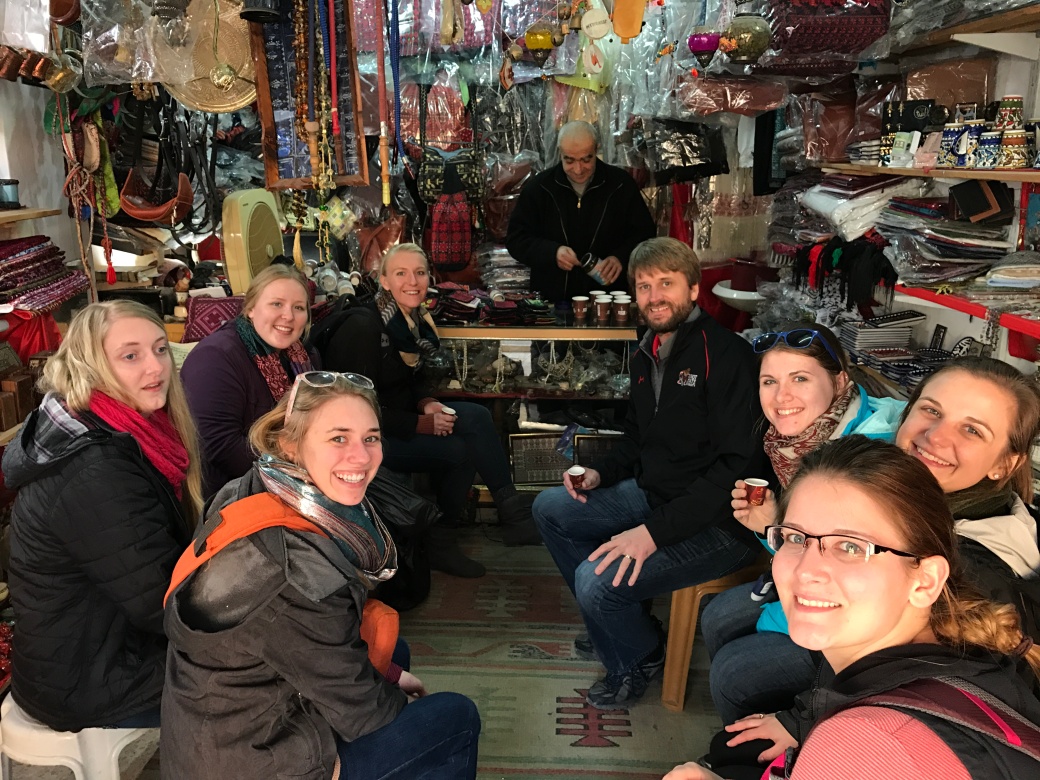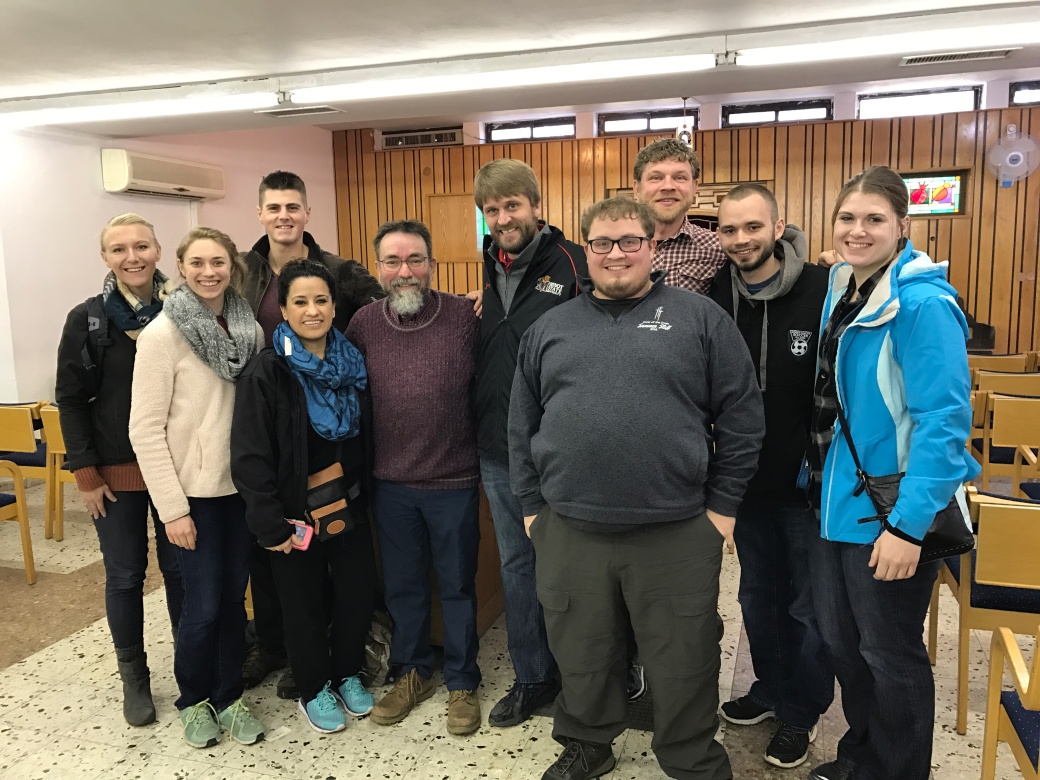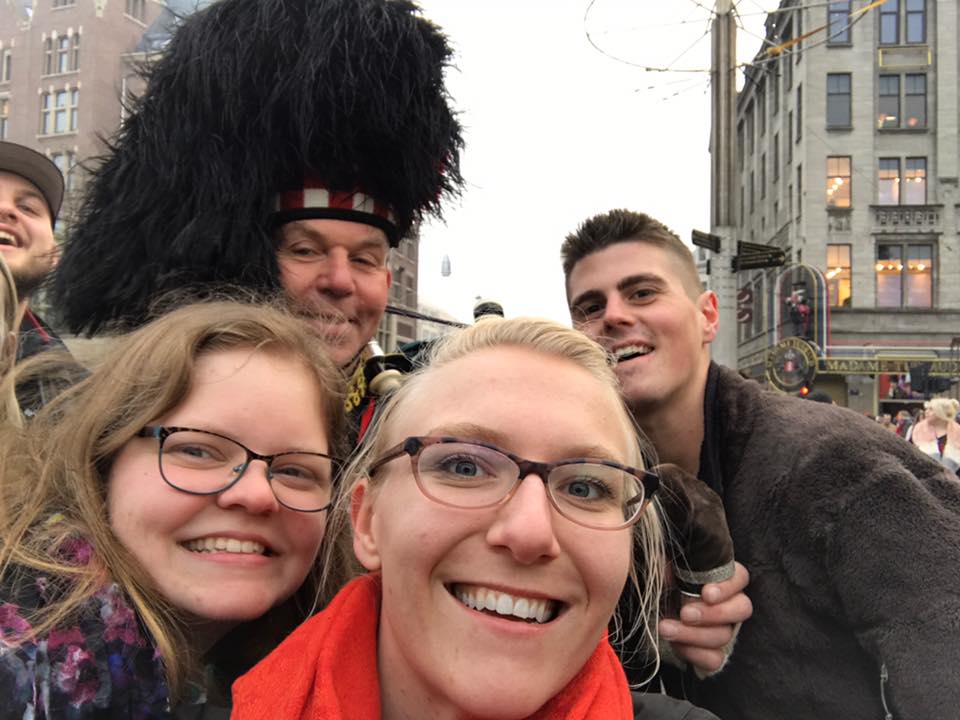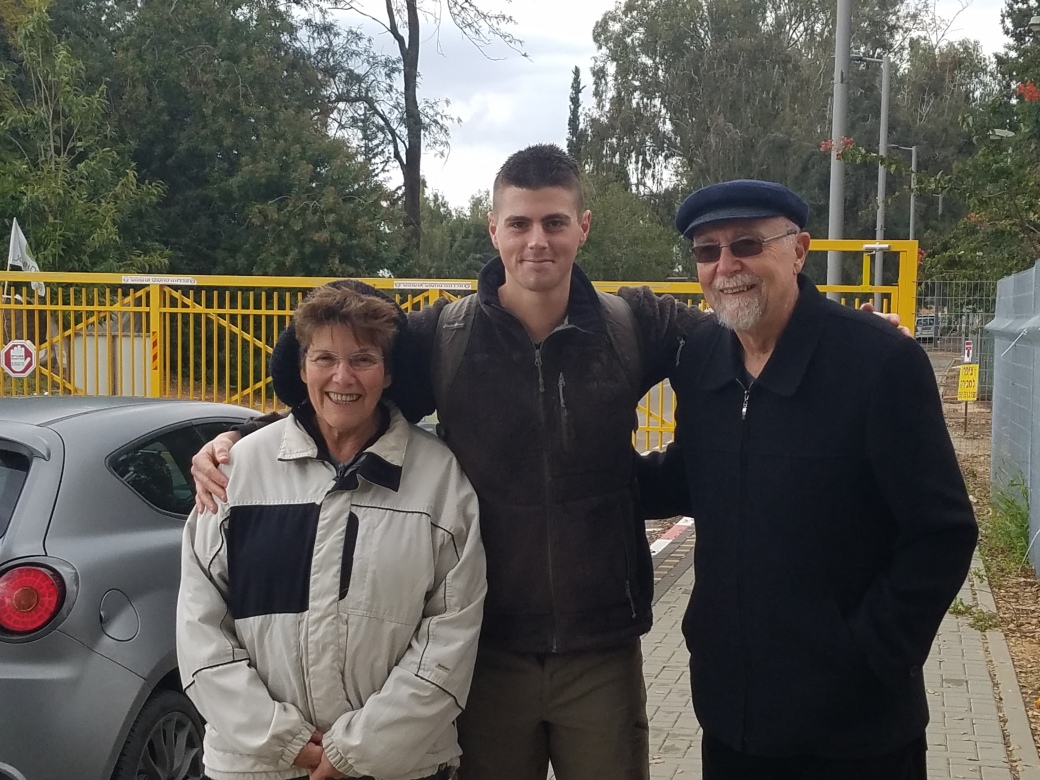Early this morning we headed to Wadi Qelt in the Jordanian desert, where we shared our first word and looked across the amazing rocky terrain and the beautiful mount of Temptation Monastery.
Mahmoud, our tour guide, then took us to Jericho where we stood next to a sycamore tree and shared Luke 19:1 -10 about Zacchaeus.
Our next stop was the Jordan River where Jesus was baptized. We then were able to witness the baptism of one of our group members.
Our next stop was Masada we all packed into a cable car and rode 450 meters to reach the fortress. After our Masada adventure we headed to the Dead Sea for some fun in the sun. After our fun in the sun we boarded the bus and headed back to Jerusalem to be present during a Shabbat in a synagogue.

To end the night we listened to Sahar Vardi, who spoke to us about several of the situations regarding a militarized society and how the broad effects of the military are felt within the society.
While in Israel each one of us has had their own share of personal experience this journey we have taken together will forever be in our memories.
– Shelby & Michael






















